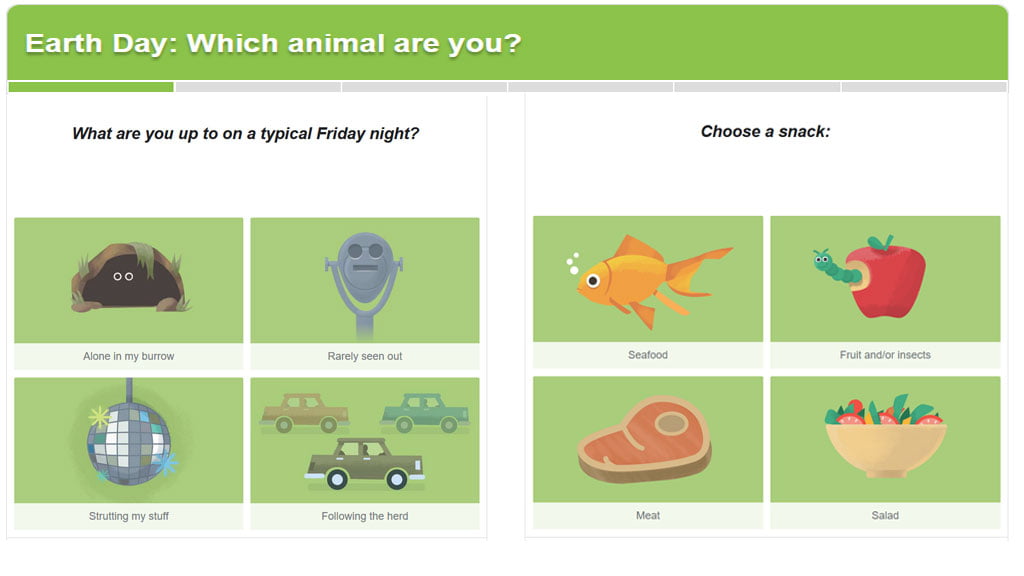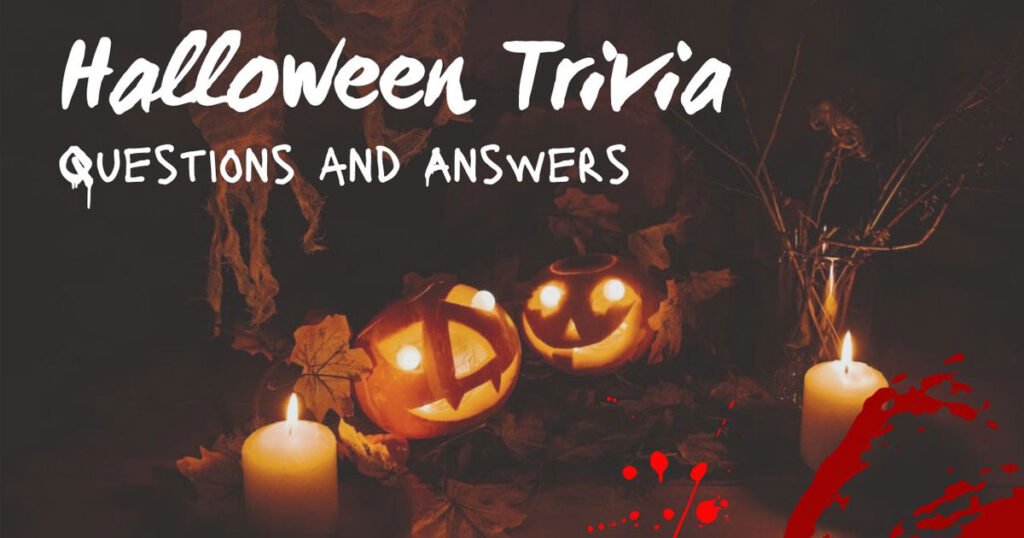Do you know what the hardest substance in your body is? Or how many bones are in an adult human? Get ready to test your knowledge with these amazing human body trivia questions and answers!
Introduction: The Incredible Machine
The human body is an incredible, complex, and astonishing machine. From the intricate network of nerves that carry signals to your brain to the tireless pumping of your heart, every part of us works together in perfect harmony. But how much do you really know about this vessel you inhabit? You might be surprised by some of the facts and figures that lie beneath the surface.
Human body trivia is not only a fun way to challenge yourself and your friends, but it’s also a fantastic way to learn more about your own health and biology. Whether you’re a student, a health enthusiast, or just someone who’s curious, these questions will give you a new appreciation for the amazing thing that is the human body. So, let’s dive in and see how much you know about the most fascinating machine on Earth.
Why is Human Body Trivia So Captivating?
Furthermore, the allure of human body trivia lies in its universal relevance. Everyone has a body, yet few of us truly understand the complex processes happening within us every second of every day. Trivia questions act as a key, unlocking the door to this hidden world.
They transform dry biological facts into engaging puzzles. Learning that the strongest muscle is the jaw muscle (the masseter) or that we shed about 600,000 particles of skin every hour is not just about memorization. It is about connecting with the incredible, often bizarre, reality of our own existence. This knowledge empowers us, making us more informed about our health and more amazed by our capabilities.
Human Body Trivia Questions and Answers
Dive into the fascinating world within you with this collection of 101 human body trivia questions and answers! This comprehensive list is organized into 10 easy-to-navigate categories, including the Skeletal System, Muscular System, and Digestive System, with 10 Q&As each.
Test your knowledge on everything from the strongest muscle and the largest organ to why we get goosebumps and how many smells our nose can detect. Perfect for trivia nights, students, or anyone curious about the incredible machine that is the human body
The Skeletal System
Q: What is the largest bone in the human body?
A: The femur (thigh bone).
Q: How many bones are babies born with?
A: About 300.
Q: What is the smallest bone in the human body?
A: The stapes (or stirrup) in the middle ear.
Q: The mandible is the technical name for which bone?
A: The jawbone.
Q: What is the only bone in the human body that is not connected to another bone?
A: The hyoid bone (in the throat).
Q: True or False: The human skeleton completely regenerates itself about every 10 years.
A: True. Bone is living tissue that is constantly being broken down and rebuilt.
Q: What are the bones of the spine called?
A: Vertebrae.
Q: How many ribs does a typical human have?
A: 24 (12 pairs).
Q: What vital material is produced inside our bones?
A: Blood cells (in the bone marrow).
Q: What is the common name for the clavicle?
A: The collarbone.
The Muscular System
Q: What is the strongest muscle in the human body relative to its size?
A: The masseter (jaw muscle).
Q: How many muscles does it take to frown?
A: About 11.
Q: How many muscles does it take to smile?
A: About 17.
Q: What is the largest muscle in the human body?
A: The gluteus maximus (buttock muscle).
Q: What percentage of your body weight is made up of muscle?
A: Approximately 40%.
Q: What is the name of the muscle that forms the heart?
A: Cardiac muscle.
Q: True or False: You have conscious control over all the muscles in your body.
A: False. You cannot consciously control involuntary muscles like your heart or digestive system muscles.
Q: What is the purpose of tendons?
A: To connect muscles to bones.
Q: What is the term for a muscle that opposes the action of another muscle?
A: An antagonist.
Q: What muscle is primarily responsible for breathing?
A: The diaphragm.
The Nervous System
Q: What is the largest part of the human brain?
A: The cerebrum.
Q: What is the basic functional unit of the nervous system?
A: The neuron (nerve cell).
Q: How many pairs of cranial nerves are there?
A: 12.
Q: What part of the brain is responsible for balance and coordination?
A: The cerebellum.
Q: What is the long, bundle of nerve fibers that runs down your back called?
A: The spinal cord.
Q: What is the common name for a CVA (Cerebrovascular Accident)?
A: A stroke.
Q: True or False: The right side of your brain controls the right side of your body.
A: False. The right side of the brain controls the left side of the body, and vice versa.
Q: What is the protective fatty layer that surrounds nerve fibers to speed up impulses?
A: Myelin sheath.
Q: What are the three main parts of the brain?
A: Cerebrum, cerebellum, and brainstem.
Q: What is the body’s fastest type of nerve transmission called?
A: A reflex arc.
The Circulatory System
Q: What is the average resting heart rate for a healthy adult?
A: 60 to 100 beats per minute.
Q: What are the three main types of blood vessels?
A: Arteries, veins, and capillaries.
Q: What is the largest artery in the body?
A: The aorta.
Q: What component of blood is responsible for clotting?
A: Platelets (thrombocytes).
Q: Approximately how many times does a human heart beat in an average lifetime?
A: Over 2.5 billion times.
Q: Which blood type is known as the “universal donor”?
A: O negative.
Q: True or False: Your blood is blue when it’s inside your body without oxygen.
A: False. Blood is always red. Veins appear blue due to light scattering through the skin.
Q: What is the name of the muscular walls that divide the left and right sides of the heart?
A: The septum.
Q: What are the upper chambers of the heart called?
A: Atria (singular: atrium).
Q: What is the medical term for a heart attack?
A: Myocardial infarction.
The Digestive System
Q: What is the longest organ in the human digestive system?
A: The small intestine.
Q: What is the name of the acid found in your stomach that aids in digestion?
A: Hydrochloric acid.
Q: Where in the body are most nutrients absorbed into the bloodstream?
A: The small intestine.
Q: What is the purpose of the epiglottis?
A: To cover the windpipe (trachea) when swallowing to prevent food from entering the lungs.
Q: What organ produces bile to break down fats?
A: The liver.
Q: What organ stores bile?
A: The gallbladder.
Q: True or False: The large intestine is longer than the small intestine.
A: False. The small intestine is longer, but the large intestine has a wider diameter.
Q: What is the name of the rhythmic muscle contractions that move food through the digestive tract?
A: Peristalsis.
Q: What is the final section of the large intestine before the anus?
A: The rectum.
Q: What enzyme in your saliva begins breaking down starch?
A: Amylase.
The Senses
Q: What are the five basic tastes detected by the tongue?
A: Sweet, sour, salty, bitter, and umami (savory).
Q: What is the scientific name for the sense of smell?
A: Olfaction.
Q: Which sense is the fastest? (i.e., has the quickest reaction time to a stimulus)
A: Hearing.
Q: What are the three small bones in the ear called?
A: The ossicles (malleus, incus, and stapes).
Q: What part of the eye gives it its color?
A: The iris.
Q: True or False: All smells are detected by the same type of receptor.
A: False. There are over 1,000 different smell receptors.
Q: What is the name of the transparent front part of the eye that covers the iris and pupil?
A: The cornea.
Q: Where in the ear are the sensory cells for hearing located?
A: The cochlea.
Q: What is the name for the inability to perceive one or more colors?
A: Color blindness.
Q: What are the sensory receptors in the skin that detect light touch?
A: Meissner’s corpuscles.
Organs & Glands
Q: What is the largest internal organ in the human body?
A: The liver.
Q: What is the largest organ of the human body overall?
A: The skin.
Q: Which gland is known as the “master gland” because it controls other glands?
A: The pituitary gland.
Q: What organ filters blood and produces urine?
A: The kidneys.
Q: Which organ produces insulin?
A: The pancreas.
Q: What is the name of the gland that regulates metabolism?
A: The thyroid gland.
Q: True or False: You can live without your spleen.
A: True. Other organs can take over its functions.
Q: What two organs make up the central nervous system?
A: The brain and the spinal cord.
Q: What organ is responsible for gas exchange, taking in oxygen and releasing carbon dioxide?
A: The lungs.
Q: Which organ is responsible for storing urine before it is excreted?
A: The bladder.
Unique Body Facts
Q: What is the only part of the body that has no blood supply?
A: The cornea (it gets oxygen directly from the air).
Q: How many new skin cells does your body make every hour?
A: Millions.
Q: What is the fastest muscle in your body? (The one that reacts quickest)
A: The muscle that controls the blinking of the eye (orbicularis oculi).
Q: How many miles of blood vessels are in the average adult human body?
A: About 60,000 miles.
Q: How many unique smells can the human nose detect?
A: At least 1 trillion.
Q: True or False: Your ears and nose never stop growing.
A: True. Cartilage continues to grow slowly throughout your life.
Q: How much saliva does the average person produce in a lifetime?
A: About 25,000 quarts (enough to fill two swimming pools).
Q: How fast does a sneeze travel?
A: Up to 100 miles per hour.
Q: How many taste buds does the average human have?
A: About 8,000 to 10,000.
Q: What is the only fully renewable part of the human body?
A: The liver. It can regenerate itself even if up to 75% is removed.
Health & Numbers
Q: What is the average normal body temperature in Fahrenheit?
A: 98.6°F (37°C).
Q: How many breaths does the average person take in a day?
A: About 20,000.
Q: How many bones are in the adult human body?
A: 206.
Q: What percentage of the human body is water?
A: Approximately 60%.
Q: How many chromosomes do humans have?
A: 46 (23 pairs).
Q: True or False: Your left lung is smaller than your right lung.
A: True. The left lung is slightly smaller to make room for the heart.
Q: How many teeth does the average adult have (including wisdom teeth)?
A: 32.
Q: What is the average volume of blood in an adult human body?
A: About 5 liters (or 1.5 gallons).
Q: How fast does a human hair grow per month?
A: About half an inch (1.25 cm).
Q: How many different types of blood cells are there?
A: Three: Red blood cells, white blood cells, and platelets.
Fun & Miscellaneous
Q: What is the scientific name for goosebumps?
A: Piloerection.
Q: Why do we get goosebumps?
A: It’s a vestigial reflex from our hairy ancestors; muscles contract to make hair stand up to appear larger for warmth or to scare threats.
Q: What is the only finger that has its own unique name?
A: The thumb.
Q: What is the name of the substance that nails and hair are made of?
A: Keratin.
Q: What is the purpose of the appendix?
A: Its exact purpose is unknown, but it may serve as a reservoir for beneficial gut bacteria.
Q: True or False: Everyone has a unique tongue print, just like a fingerprint.
A: True.
Q: What is the medical term for the voice box?
A: The larynx.
Q: What is the name of the tube that carries air to the lungs?
A: The trachea (windpipe).
Q: What is the name of the pigment that gives skin and hair its color?
A: Melanin.
Q: What is the final question in this list of 101 human body trivia questions?
A: This is it! You’ve reached the end.
Conclusion/Final Words
Hopefully, this trivia journey has given you a renewed appreciation for the human body. It’s easy to take our physical selves for granted, but when you stop and consider the incredible complexity of our biology, it’s truly a humbling experience. Every beat of your heart, every breath you take, and every thought you have is a testament to the intricate and delicate balance of your body’s systems.
So, the next time you feel a bit of a cold coming on or find yourself struggling with a task, remember the incredible machine that is working tirelessly to keep you going. By learning more about ourselves, we can better care for our bodies and live healthier, more vibrant lives. Keep asking questions, keep exploring, and keep marveling at the amazing human body.
FAQs About Human Body Trivia Questions
Q1: How much does the human brain weigh?
A1: The average adult human brain weighs about 3 pounds (1.4 kilograms) and is one of the most energy-intensive organs in the body.
Q2: What is the largest organ in the human body?
A2: The skin is the largest organ, both by weight and by surface area, covering the entire body and providing protection.
Q3: How many bones are in an adult’s body versus a baby’s?
A3: An adult has 206 bones, while a baby is born with approximately 300 bones that eventually fuse together as they grow.
Q4: What is the purpose of red blood cells?
A4: Red blood cells are responsible for carrying oxygen from the lungs to the rest of the body. They contain hemoglobin, which binds to oxygen molecules.
Q5: What is the hardest substance in the human body?
A5: The hardest substance is tooth enamel, which protects the teeth and is even stronger than bone.
Q6: What is the function of the heart?
A6: The heart’s main function is to pump blood throughout the circulatory system, delivering oxygen and nutrients to tissues and removing waste.
Q7: How many muscles are in the human body?
A7: The human body contains over 600 muscles that work together to enable movement, maintain posture, and perform other vital functions.
Q8: What is the main function of the liver?
A8: The liver is the largest internal organ and gland. It performs hundreds of functions, including detoxification, protein synthesis, and producing bile for digestion.
Q9: Where is the smallest bone located?
A9: The smallest bone in the body, the stapes or stirrup, is located in the middle ear and is crucial for hearing.
Q10: What is the largest artery?
A10: The aorta is the largest artery in the body, originating from the heart and distributing oxygenated blood to the entire body.



